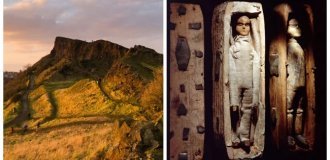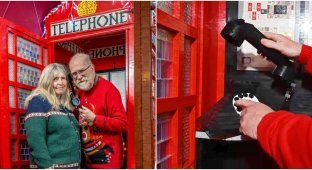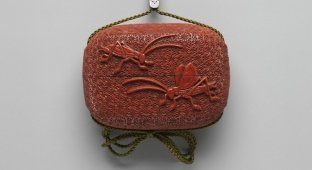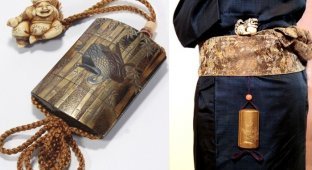An Unexpected Prototype of the Classic Red Telephone Booth (10 photos)
The British Post Office introduced the first public telephone box, the K1, in 1921. Assembled from prefabricated concrete sections, it had a rectangular shape with a pyramidal roof topped with an iron spear. The design wasn't particularly bad, but for some reason, it wasn't well-received by the public. 
Public organizations openly expressed their opposition and even obstructed the installation of these boxes. To resolve the dispute, the Royal Fine Arts Commission intervened and proposed a competition to design a new one. 
George Basevi's painting of Eliza Soane's grave
The organizers invited designs from three respected architects, Robert Lorimer, John Burnet, and Giles Gilbert Scott, and also received proposals from the Post Office itself and the Birmingham Society. Robert Lorimer was a Scottish architect who designed the Scottish National War Memorial in Edinburgh Castle. John Burnet, another Scot, designed many iconic buildings across Britain. 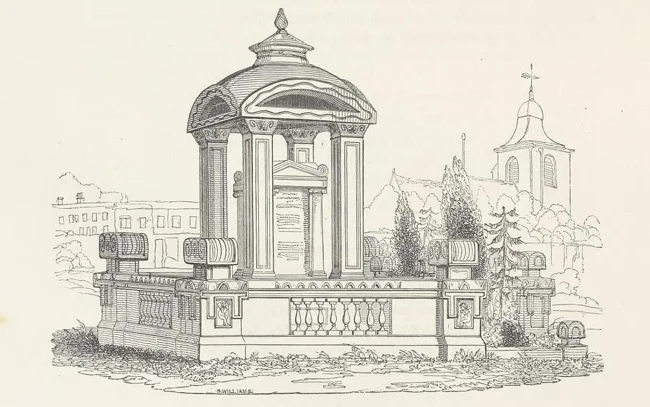
Giles Gilbert Scott, the renowned English architect, gave the country such landmarks as Cambridge University Library, Lady Margaret Hall, and Battersea Power Station. But his most famous creation was the red telephone box. 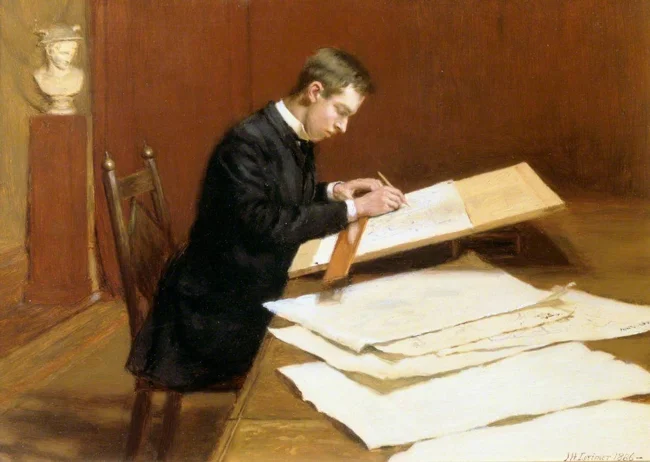
Architect Sir Robert Stodart Lorimer (1864–1929)
Scott designed a rectangular booth with a domed roof. Each face was framed by fluted architraves, and at the base was a simple rectangular panel framed by molding. Above, on three sides of the kiosk, the architect placed six rows of three small glass windows framed by carved strips. Above the main space of the booth was an entablature, recessed from the front surface and topped by a cornice with crown molding. The entablature bore the illuminated inscription "Telephone," and above, on the pediments, Scott carved the Tudor crown. 
The dome of Eliza Soane's crypt served as inspiration for the K2 design.
The design of the K2 was largely inspired by the mausoleum of Eliza Soane, wife of Sir John Soane, located in the old churchyard of St. Pancras Church in London. 
Architect Giles Gilbert Scott
Sir John Soane was one of the most celebrated architects of his time. Among his finest works are the Bank of England, later rebuilt, the Dulwich College Picture Gallery, and his own London home, now the Sir John Soane Museum. When Eliza Soane died in 1815, Sir John buried her in the churchyard of St. Pancras Old Church and erected a monument over the crypt. 
A red telephone box on a London street
The mausoleum, designed by Soane himself, consists of a central domed structure supported by four pylons with decorative capitals and four columns decorated in a unique style. The roof features a pine cone, a symbol of rebirth in ancient Egypt, beneath which is a carving of a snake devouring its own tail, a symbol of eternity. There are also images of boys holding extinguished torches, symbolizing death. 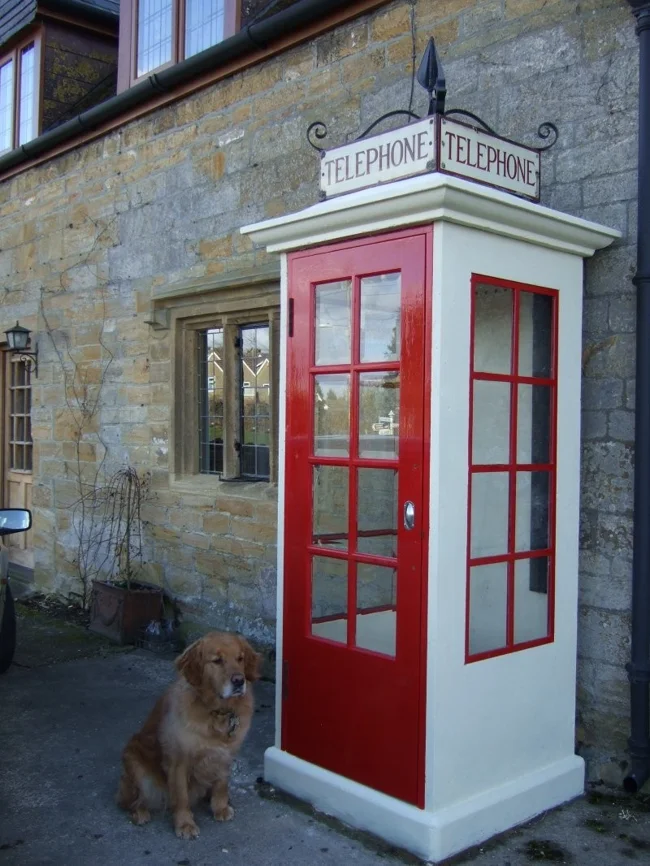
Replica of the K1 telephone box in Tintinhull, Somerset
Sir Giles Gilbert Scott knew this mausoleum well. In fact, he had just become a trustee of Sir John Soane's Museum. 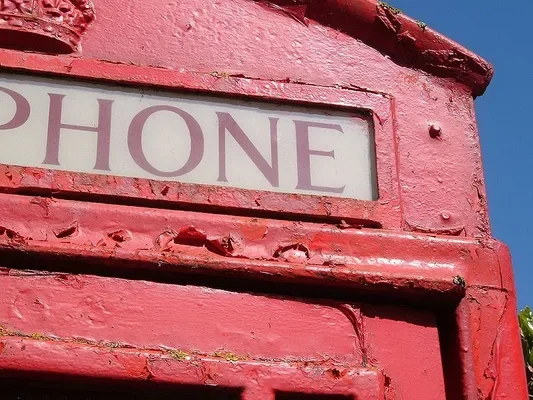
The K2 design was well received by Royal Mail. Scott initially wanted to paint the booths silver with a blue-green interior, but the post office chose red. About 1,700 booths were produced and installed, primarily in London, before the post office realized the K2 was too large and expensive to produce. 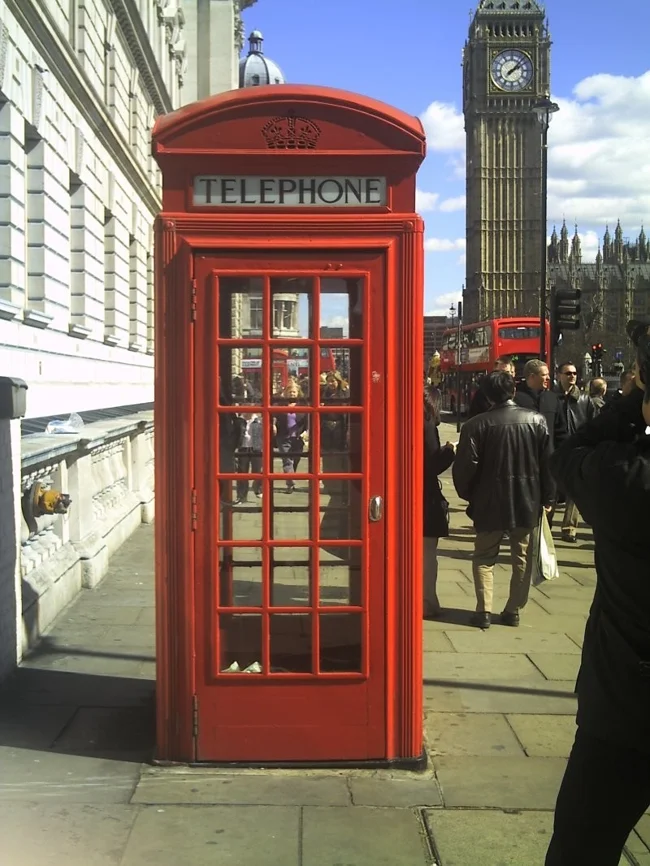
K2 in London
In 1929, five years after the K2's introduction, Giles Gilbert Scott presented a revised design, the K3, similar to the K2 but smaller, with a less pronounced classical style, and therefore more cost-effective. Telephone booth design continued to evolve, but the basic design remained unchanged—a rectangular shape with a domed roof.
